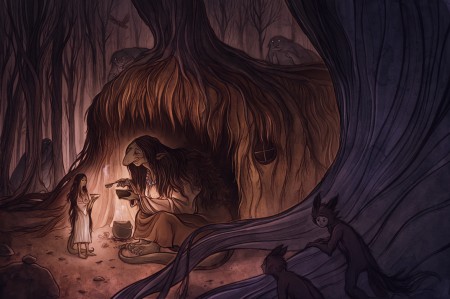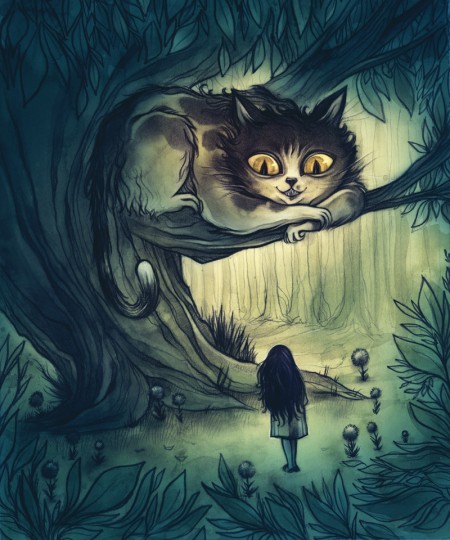For many artists, creating great work is the easy part. It's selling their work that gets difficult. So we asked Katie Coston, a professional, full-time potter, to share some tips for increasing your sales at Indie Craft Parade or other venues. Katie's one-of-a-kind pieces sell extremely well at her shows. But it's not pure artistic talent that's brought Katie and Illyria Pottery success. Her winning personality and experience keep her customers coming back. Indie Craft Parade: How do you first engage people when they come to your booth or to a show?
Katie: Engage customers just like you would engage with anyone anywhere. Be friendly and genuine. If they are coming to your booth, remember that something has drawn them. Maybe it's you. Maybe it's your work. If they seem like a "leave me a alone, and let me shop" kind of person, I usually tell them to let me know if they have any questions, and I get busy doing something else.
Katie's Booth at 2010 Indie Craft Parade
Indie Craft Parade: Generally people don't like being pressured into buying things, but as the artist, you have to make the sale. How do you convince people they need your goods without being too pushy?
Katie: I strongly dislike pressure from sales people. Actually, if a sales person is hovering, I tend not to buy. Since that's how I feel, I assume others are similar. I like to welcome people, and then let them shop. If they seem interested in something, I'll often come back and mention an alluring feature or interesting fact about the piece they're holding. Micah (my husband) and I work as a team, and he can get away with "chatting people up" (as our British friends would have it) more than I can. He knows about the process and has been involved enough to have a connection with each piece. His personality is naturally social, and it works for me to have him talk about my work, since I don't want to sound like I'm singing my own praises. If you're on your own, I guess you'll need to find a middle ground, and/or bring a friend along who loves your work. It's better to not make the sale the first time around than to give your customers a reason to not come back.
Indie Craft Parade: You have a lot of repeat customers that come to your shows, visit your online site, etc. How did you develop that faithful following?
Katie: We try to always keep things fresh--our displays, pieces, and even venues. Certain things are standard, but we don't like to stagnate. If I have something that's been around, I get rid of it anyway I can. Who wants to come to your next show and see the same things you had last time? Be personal and real. Show genuine interest in the individual and not their wallet. Get to know your customers and find out what excites them.
Indie Craft Parade: Any other tips you like to share?
Katie: Selling can be difficult. A good solution is to be just as creative in your marketing and selling as you are in your creating! Have a wide variety of pieces in a broad range of prices. I aim to always have something available for that college kid who can only spend $10 or that mom who can't go over $20. I do have customers that will by $100+ pieces, but I try to be realistic and have options for various needs, tastes and budgets. With each item ask yourself, "Would I buy this piece for this price?." Be honest! Chances are a lot of other people think like you do.
Thanks, Katie! Be sure to check out her work and online shop at Illyria Pottery.












